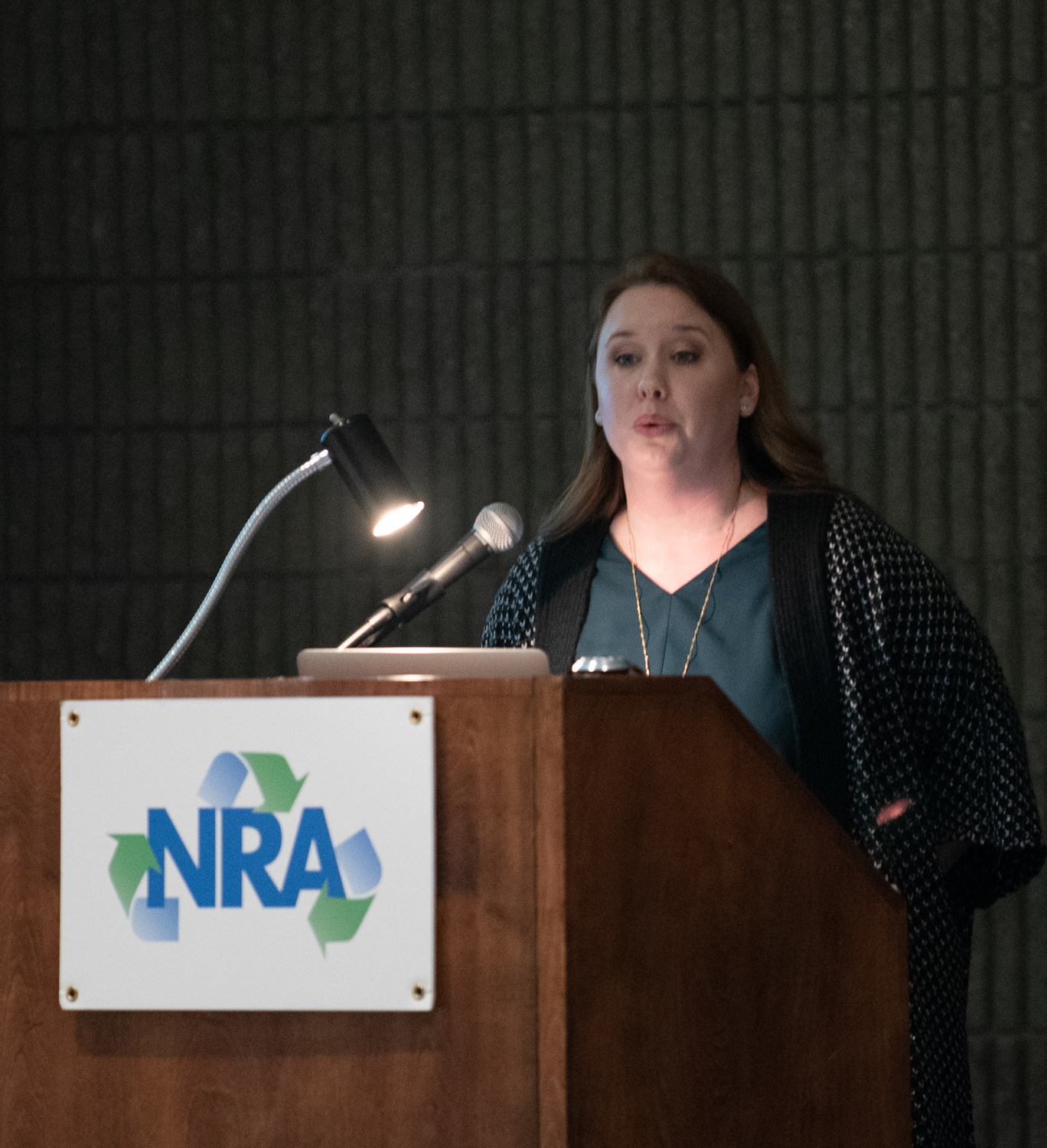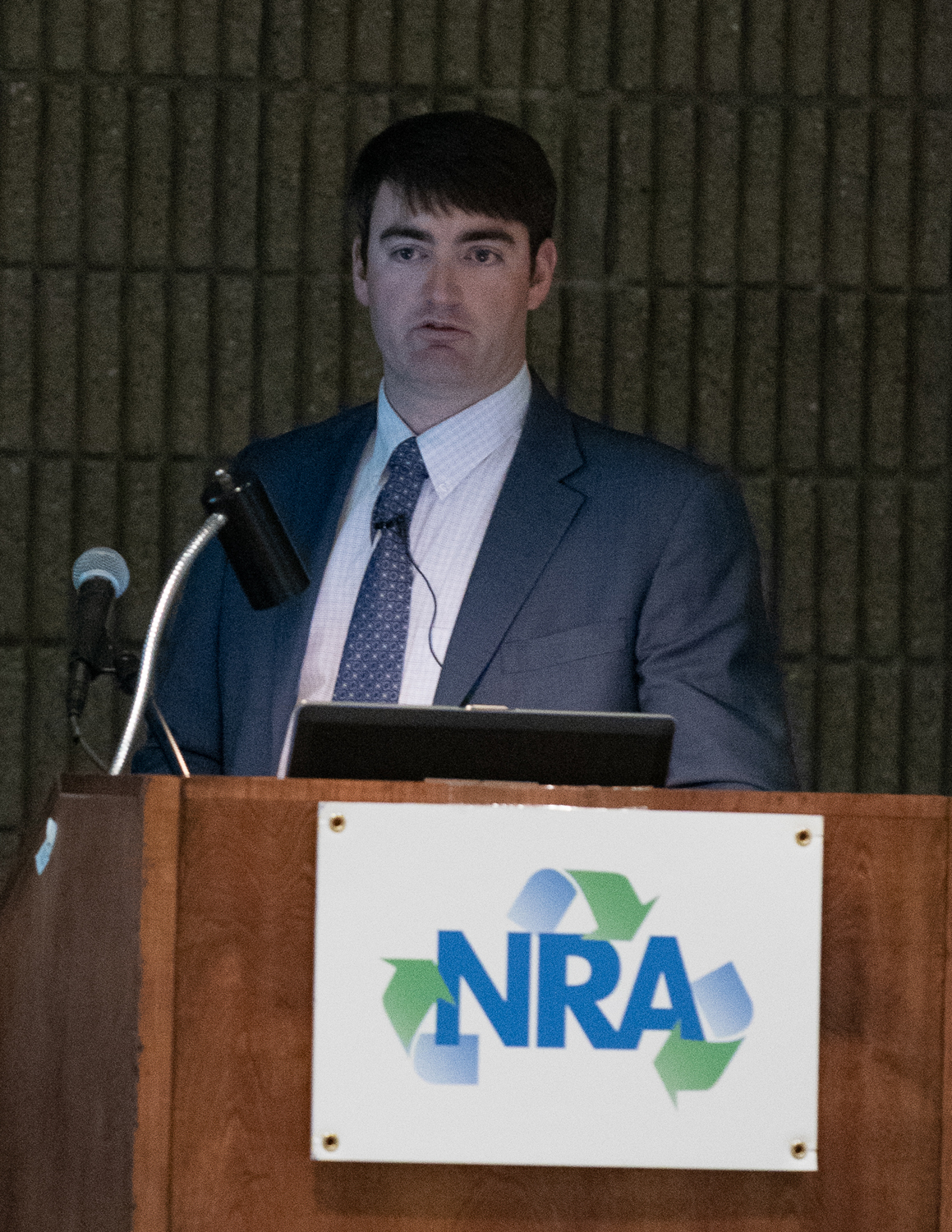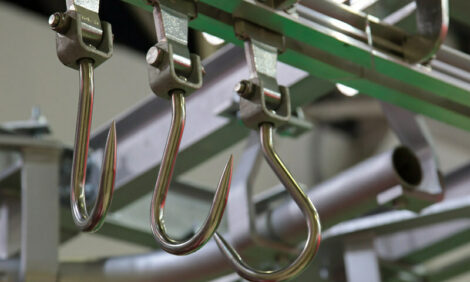



IPPE: Rendering is part of the solution for waste management
USA - At IPPE 2019, experts came together at the International Rendering Symposium to discuss the sector's significant value to the industry
“The rendering industry generates more than $10 billion in annual economic activity, employs thousands of people across the country and recycles ‘the rest of the animal.’ It transforms huge volumes of raw leftovers from livestock and poultry processing into ingredients for new products,” said Nancy Foster, president of the National Renderers Association (NRA) and Fats and Proteins Research Foundation, during her presentation at the International Rendering Symposium, held in conjunction with the 2019 International Production & Processing Expo (IPPE) in Atlanta. The NRA and US Poultry & Egg Association sponsored the programme.
Foster remarked, “Our mission is to advocate for a sustainable food chain, public health and the environment through the production and marketing of rendered products.” Foster expressed that NRA’s focus is in sustainability, advocacy in both regulatory and legislative areas, new markets, and giving businesses biosecurity, communications and membership development. “We are not adding to waste. We are a part of the solution for waste management,” commented Foster.

“Rendering impacts sustainable agriculture. Our industry provides a cycle of sustainability to the food industry, ensuring safety throughout the food chain,” commented Dr Ansen Pond, director of quality assurance and food safety for rendering and wet pet food ingredients at Pilgrim's, during his presentation on “Rendering 101 – The Basics of the Rendering Industry and Process.” Dr. Pond explained that materials come mainly from inedible parts of cows, poultry and swine, with the rendering industry processing more than 170 million by-products daily.
Sarah Hubler, vice president of business development, Collings Nutrition Solutions, mentioned that “most ‘pet parents’ are interested in knowing how renderers handle raw materials and how regulations and laws work for the rendering industry.” During her presentation on “Being a Voice to Consumers,” she reflected that pet nutrition communication can be difficult due to the high emotions and protectiveness people have towards their pets. Hubler observed that pet feed ingredients are often misunderstood and/or not trusted to be of high quality, remarking that “a lack of information and misinformation on nutrition can cause pet parents to make decisions that may actually harm their pet.”









